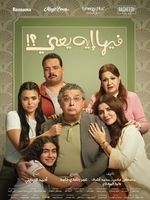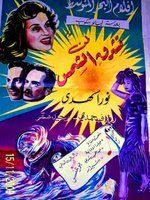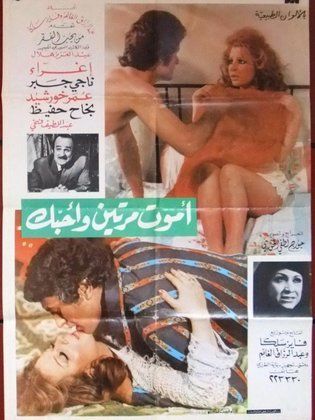Yousef Fahdah يوسف فهدة
Biography
One of the most important technical filmmakers who worked in the fifties and continued to work in cinema. He began his cinematic career by establishing a film laboratory in Damascus in 1951 and equipped it with printing and developing equipment, and between 1952 and 1953 directed...Read more two color films about Damascus and Latakia for the Ministry of Tourism. In 1954, he filmed a film about an exhibition for teachers, and a film about the Juvenile Protection Home for the Ministry of Justice, which was shown at a conference in Cairo entitled (Ziad). He invented a method of filming a movie with a scoop lens without using the camera, and he filmed a movie in this way using the same lens designated for the projector. Because of the lack of suitable conditions to work, he traveled to Lebanon in 1955 and stayed there for about seven years, during which he directed two feature films, For Whom the Sun Rises (1958) and represented Lebanon at the Moscow Festival in 1959, and In the Western House, which was considered a mature film. He returned to Syria in 1962 and directed a film on applied arts, then worked as a director at the General Film Organization. In 1975, he became the artistic director of the color film development and printing laboratory affiliated with the institution. He died in 1997.
-
- Nationality:
- Syria
Watch Online (Sponsored By Yango Play)
-
-
- Ward w Shokolata
- 2025 - Series
-
-
- One Last Sin
- 2025 - Series
-
-
- Feeha Eh Yaani
- 2025 - Movie
-
-
- Rocky El Ghalaba
- 2025 - Movie
-
-
- Al Shater
- 2025 - Movie
-
-
- 2 Qahwa
- 2025 - Series
Known for
(According to views)
More details
One of the most important technical filmmakers who worked in the fifties and continued to work in cinema. He began his cinematic career by establishing a film laboratory in...Read more Damascus in 1951 and equipped it with printing and developing equipment, and between 1952 and 1953 directed two color films about Damascus and Latakia for the Ministry of Tourism. In 1954, he filmed a film about an exhibition for teachers, and a film about the Juvenile Protection Home for the Ministry of Justice, which was shown at a conference in Cairo entitled (Ziad). He invented a method of filming a movie with a scoop lens without using the camera, and he filmed a movie in this way using the same lens designated for the projector. Because of the lack of suitable conditions to work, he traveled to Lebanon in 1955 and stayed there for about seven years, during which he directed two feature films, For Whom the Sun Rises (1958) and represented Lebanon at the Moscow Festival in 1959, and In the Western House, which was considered a mature film. He returned to Syria in 1962 and directed a film on applied arts, then worked as a director at the General Film Organization. In 1975, he became the artistic director of the color film development and printing laboratory affiliated with the institution. He died in 1997.
- Nationality:
- Syria





















